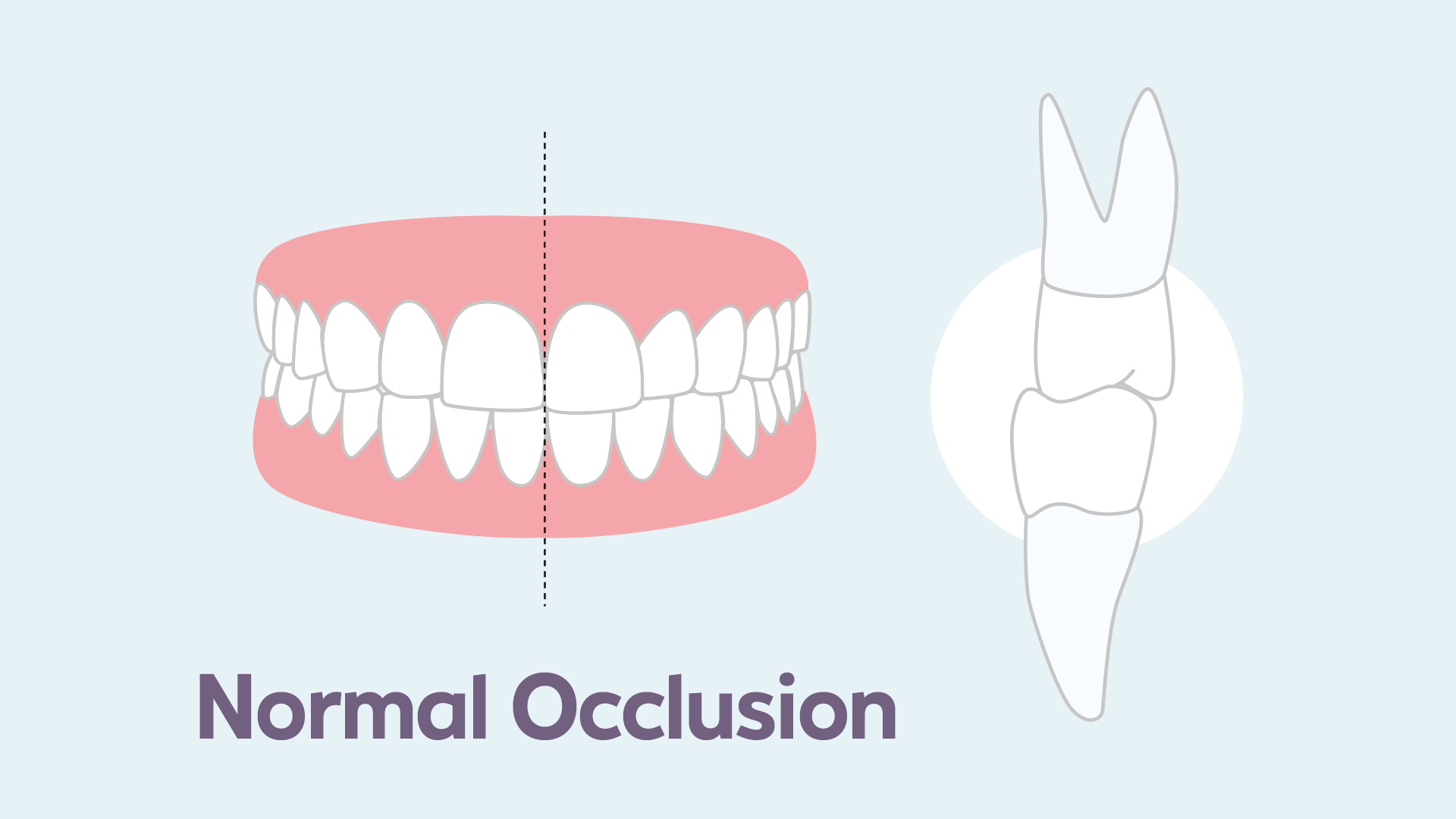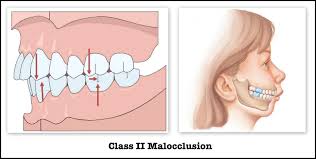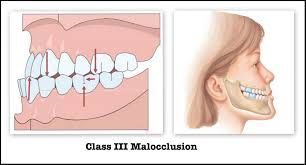Introduction to Communicative Disorders: Exam 1
1/76
There's no tags or description
Looks like no tags are added yet.
Name | Mastery | Learn | Test | Matching | Spaced |
|---|
No study sessions yet.
77 Terms
Communication
How information is transmitted between a sender and a receiver; performed through many/various avenues including gestures, vocalizations, emotions, posture, movement, facial movements/expressions, spoken, or even written
How do children communicate before they speak verbally?
Through emotions, crying, cooing, babbling, eventually moving into more meaningful language
Communication is also culturally regulated (eye contact, pauses during speaking)
Avenues in which we communicate
Verbal, written/reading, ASL (American sign language)
Speech
The result of several physiological systems functioning at the same time; involving the entire respiratory system (inhalation/exhalation) in order to occur; how sounds are articulated or said
Which systems are required for speech production?
Requires the articulatory system (consisting of the mandible, lips, teeth, and tongue); also requires function of phonatory system including the vocal folds, larynx, and muscles within the larynx helping to vibrate the vocal folds effectively for producing sound
Differences between articulatory system and phonatory system
The articulatory system is responsible for the nuances of speech sounds while the phonatory system is responsible for producing sound by using the air that is pumped through the throat by the respiratory system
Phonology
The study of speech sounds/phonemes and the rules for combining these into words for language
Language
When sounds are transformed into words, and words are transformed into sentences; construction of what’s said; may be spoken, written, or signed
Linguistics
The study of language, its structure, and the rules that govern that structure
What do linguists believe?
Language is influenced by the social context in which people are raised and taught
Language development is innate, and the child should have pre-cursors in learning their language
Language is a socially shared code system that contains the 5 parameters of language: phonology, morphology, syntax, semantics, and pragmatics
Morphology
Stems from terminology “morphemes”
Study of structures
Describes how words are formed out of more basic elements of language
Morphemes
Smallest meaningful unit of languages
Contains examples such as “free morphemes” which stand alone such as — cat, man, child, walk and “bound morphemes” which must be joined to a free morpheme to convey meaning (unhappy, coming, smiles)
Phonology
The study of the sound systems and patterns to create sounds and words of a language
Contains phonemes which are the smallest unit of sound
English language contains 44 phonemes
Syntax
How sounds are placed correctly to form syllables and words
How words are placed into acceptable sequences to form sentences
Ex: Subject-verb-object word order (The boy kicked the ball)
Semantics
The study of meaning of language
Content expressed by the speaker and content understood by the listener
Miscommunication occurs when this is not clearly defined; understanding idioms and figures of speech
Pragmatics
Rules governing the use of language in social situations; very culturally based/influenced
Ex: taking turns, maintaining a conversation or topic of discussion
Function of language rather than the structure
What do behaviorists believe?
Language is a form of verbal behavior that can be observed
Children learn language through experiences with their environment
Language is acquired through conditioning and imitation rather than innate cognitive abilities
Receptive language
Understanding what is said (spoken language)
Language understood; listening is receptive
Expressive language
Talking; language produced by speakers
Language produced; speaking is expressive
Congenital and acquired disorders
Present at birth or an early stage of language development
Occurring after a significant period of language development
Impairments stemming from speech/articulation
Affects the way sounds are produced
Can be caused from structural abnormalities like cleft lip/palate
May also be developmental in nature with the speech disorder stemming from no known cause
May be phonological in nature (groupings of sounds or disorders - stopping, fronting, gliding, final consonant deletion)
May be caused from intellectual disability; may also stem from an accident that affects speech long after (Dysarthria)
May impair voice production through pitch, quality, and loudness of voice
May impair fluency of speech/stuttering
Impairments of language/cognition
May be developmental from birth and noted during childhood or as infant is developing (CP, Down syndrome, language delay, Autism, Asperger’s)
May be acquired, as seen in strokes, head injuries, or other trauma
Strokes are also called CVA (cerebrovascular accident); loss of blood flow correctly through the brain; can affect the right or left hemisphere of the brain; high blood pressure is a common cause of stroke
Impairments of hearing
Conductive hearing loss - middle ear problems in which fluid usually develops in the middle ear, causing some degree of hearing loss
Sensorineural hearing loss - involves disease of the inner ear; the patient/client may be born with this or may stem from loud noise exposure over a lengthy time period
Children may also demonstrate auditory processing disorders which are a type of language processing disorder
Prosody
Variations in rate, pitch, loudness, stress, intonation, and rhythm of continuous speech
Difference between conductive and sensorineural hearing loss
Conductive hearing loss is due to a physical obstruction that keeps sound from reaching the inner ear (ex: earwax build up, fluid in the ear from a cold or allergies, a perforated eardrum, etc.)
Sensorineural hearing loss is caused by damage to the auditory nerve or hair cells of the inner ear (ex: head injury, repeated exposure to loud noise, etc.)
Language difference
Variations in speech-pathology productions due to personal, historical, and social factors (dialects of the same language); should not be confused with a language disorder
Language disorder
Persistent difficulty with learning and using language; can affect the 5 aspects of components of language
Demonstrate difficulties with proper use of stress, intonation patterns, pitch, rate, and loudness
Differences in the areas may be treated by the SLP
Dialect
Includes variations in grammar, vocabulary, and pronunciation; also is a variation of language shared by a group of people and influenced by the cultural, social, or regional backgrounds
Should be neutral, not considered a disorder, functional/effective to properly express needs/wants effectively, and provide communication and social solidarity/well understood by others and recognized well
Accents
Refer only to differences in pronunciation; natural part of spoken language; intimately tied to identity and communication
ASHA stands for:
American Speech-Language-Hearing Association
Code-switching
Changing from one language to another during a conversation (ex: switching between AAVE and standard English)
Language mixing
May involve some words from the two languages used in a single sentence, or different sentences may be spoken in different languages
Certain topics are, however, typically discussed in one language only
Ex: Speaking Spanglish
Vocal folds
A pair of thin muscles in the larynx whose vibrations are the source of voice
Resonance
Forced vibration of a structure that is related to the source of sound; vibration of cavities below and above the larynx (source of sound)
Includes nasality and hyper-nasality
Articulation
Movement; in speech, movement of the speech mechanism to produce the sounds of speech
Respiratory system
Includes the mouth, nose/nasal cavity, oral cavity, pharynx/throat, larynx/voice box, vocal folds, trachea/windpipe, lungs, diaphragm
Mouth
Entry way for inhalation and exit for exhalation; we inhale oxygen and exhale carbon dioxide
Oral cavity
Air travels over tongue; past tongue base
Pharynx/throat
Serves as passageway for air to travel from nose/mouth to the larynx/vocal folds; eventually turns into the esophagus which eventually travels to the stomach
Located behind the trachea/windpipe
Larynx/voice box/vocal folds (vf)
Once air reaches this area, the vf are open for inhalation, close for speaking, and re-open for exhalation
Primary function is protecting the airway and prevention aspiration
Second function is to produce voicing
Contains the epiglottis which is attached to the tongue base
Small musculature which upon swallowing, closes over the top of the larynx and vf to prevent any liquid or food from entering the vf and into the trachea
If this accidentally occurs, aspiration will occur often resulting in pneumonia
Trachea/windpipe
Tube leading to the lungs made up of 20 rings of cartilage
Lungs
Housed within the ribs
House the heart and lungs
We have 12 pairs of ribs; first 7 are true ribs, 8-10 are false ribs, 11-12 are floating ribs
Diaphragm
Separates the stomach from the chest/ribs/lung area
Upon inhalation, it contracts/flattens allowing chest to rise and air to fill lungs
Upon exhalation, it relaxes and returns to its original shape, pushing air out of the lungs
Phonatory system
Also known as the larynx or “voice box”; where sound is produced through the vibration of the vocal folds
Thyroid cartilage
Largest cartilage present on the front/side walls of larynx
Cricoid cartilage
Encircles the entire larynx, under thyroid cartilage, first ring of the trachea
Arytenoid cartilage
Very important cartilage; attached to the vocal folds and help with all vocal fold movement
Adduction
Closing of the vocal folds
Abduction
Opening of the vocal folds
Myoelastic Aerodynamic Theory
Involved in phonation and explains how the vocal folds vibrate to produce sound
Air is taken in through the vocal folds and as we want to speak, the vocal fold adduct, air pressure builds up under the vocal folds, and they are blown apart and continue to open and close to produce phonation/voicing
Nasality
Added nasal resonance to voicing
Should only be heard on the sounds /m, n, and ng/
Hyper-nasality
Palatal/soft palate function is not working properly
Palate is staying flat and not elevating/retracting back to touch the posterior pharyngeal wall (PPW) to block airflow properly resulting in most sounds being too nasally
Patients who exhibit this quality have velopharyngeal insufficiency
What position does the soft palate have to constitute hyper-nasality?
Positioned too low or doesn’t move adequately upward and backward
Articulation
Vocal tract movements for speech sound production; involves correct placement, timing, direction of oral movements, and speech of oral movements
How vowels/phonemes are formed
Articulatory system
Part of the body that produces speech sounds by modifying the flow of air through the vocal tract
The proper articulators needed for speech/language include:
Lips - needed for /b, p, w, oo, ee, m/ for example
Teeth - needed for /th, f, v/ for example
Alveolar ridge - needed for /l, t, d/ for example
Hard palate/soft palate (velum)
Uvula - structures saliva to keep mouth moist, triggers gag reflex, helpful in production of some german sounds
Larynx - houses the vocal folds
Vocal folds - when open, the are between is called the glottis
Normal/class I malocclusion
Individual teeth in the two arches are properly aligned and the upper and lower dental arches meet each other in a fairly symmetrical manner

Class II malocclusion
The upper jaw is protruded and the lower jaw is retracted or receded

Class III malocclusion
The upper jaw is receded and the lower jaw is protruded

What are the 3 types of nervous systems in relation to speech and language?
Central nervous system (CNS), peripheral nervous system (PNS), and autonomic nervous systems (ANS)
Central nervous system
Houses brain and spinal cord
Contains 4 lobes of brain (frontal, parietal, occipital, and temporal) and 2 hemispheres (left, right)
Frontal lobe
Contains Broca’s area which is associated with speech production and articulation
Motor cortex is responsible for controlling voluntary movements of the body
Controls speech production, language, articulation, voice, and fluency
Also controls behavior, movement, cognitive and executive functions, social skills, and memory
Executive functions
A set of mental processes that help people manage everyday tasks and achieve goals
Critical thinking, problem-solving, planning, decision making, and carrying out tasks
Parietal lobe
Controls pressure, pain, temperature, and touch
Occipital lobe
Visual cortex; helps receive and process visual information which is important for reading, recognizing body language, and facial expressions needed for communication
Temporal lobe
Contains structures that are important for speech and hearing
Primary auditory cortex and Wernicke’s area
Primary auditory cortex - receives the sound stimuli from the acoustic nerve; processes what the ear hears and determines the meaning of sound stimuli
Wernicke’s area - responsible for both understanding and formulating speech
Patients with Wernicke’s aphasia speak fluently, but their speech does not make much sense
Left hemisphere of brain
Language-based hemisphere; controls speaking, reading, writing, listening, math, motor control, and aggression control
Right hemisphere of brain
Controls social interaction skills and behaviors; cognition, spatial awareness, emotions, creativity, self-awareness, humor, focus/attention, following multi-step directions, problem solving, planning, self-monitoring, organization, and prioritizing
Autonomic nervous system
Controls involuntary actions
Controls breathing, digestion, heart rate, and eye blinking
Peripheral nervous system
Carries information from the body to brain and brain to the body
Controls digestion, blood flow, and heart rate
Helps us respond to temperature, light, touch, pressure, and vibration
Contains the cranial nerves; the most important cranial nerves for speech, language, and hearing include: CN 5, 7, 8-12
CN V/5 (Trigeminal Nerve):
Largest cranial nerve; controls face muscles, eye muscles, upper lip muscles, and tongue/cheek muscles
CN VII/7 (Facial Nerve):
Controls opening/closing mouth, lip/cheek movement, raising eyebrows, general facial movements
If damage occurs here, the patient exhibits masked facial expression
CN VIII/8 (Vestibular Acoustic/Auditory Nerve):
Acoustic/hearing nerve; controls all hearing and balance
CN IX/9 (Glossopharyngeal Nerve):
Controls all tongue movements and pharyngeal/throat function
CN X/10 (Vagus Nerve):
Controls “everything” basically; heart/heart rate, lungs, digestion, larynx (VF), breathing, and gastrointestinal function
CN XI/11 (Accessory Nerve):
Controls muscles of the soft palate and pharynx, shoulders, head, and arm movements
CN XII/12 (Hypoglossal Nerve):
Controls tongue movements needed for both speech and swallowing function